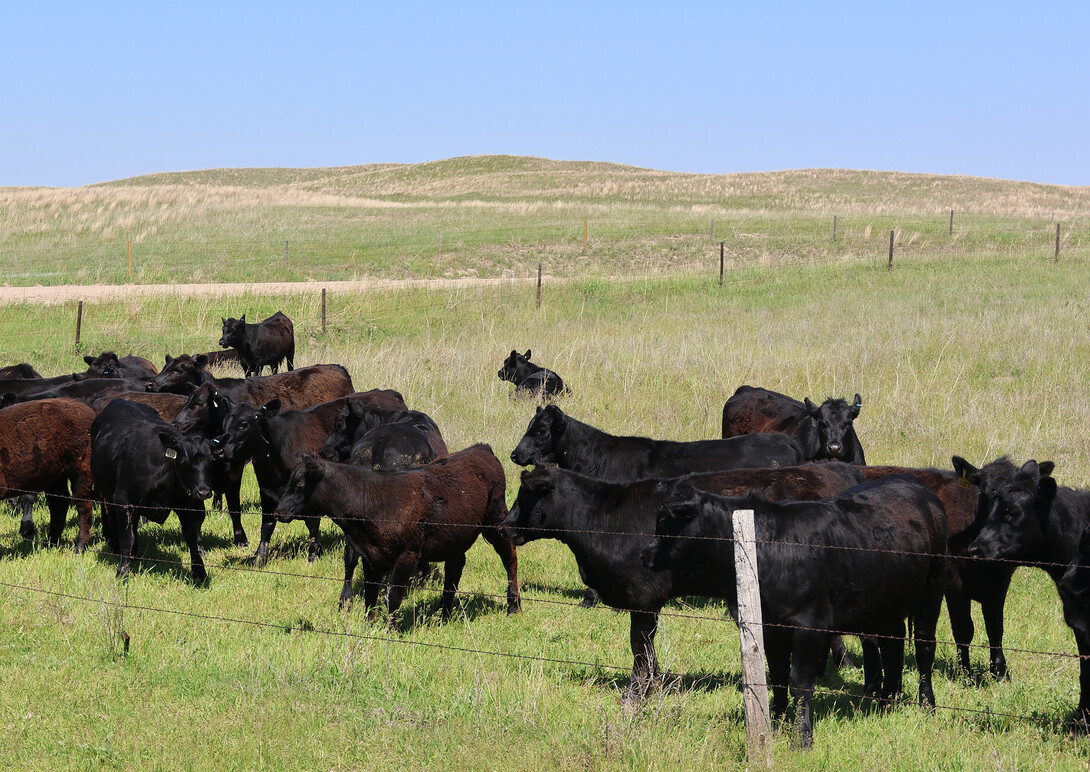
Drought conditions in the Nebraska Panhandle region persist, with many areas receiving limited precipitation in April. Pastures would benefit from delaying turnout as the cool-season grasses that are present have very limited growth. Delaying turnout will give existing plants the opportunity to grow and fully utilize what precipitation does fall without being cut off. Leaving new grass and last year’s grass growth to provide ground cover will help to catch and keep whatever rain does fall.
For integrated crop and cattle producers, low wheat prices, high cattle prices, and the value of grazing may present a situation where utilizing winter wheat as forage may have more value than harvesting it for grain. The current market value of beef-quality hay ranges from $80 to $120 per ton. That equates to $1.50 to $2.50 per cow-calf pair per day just for the hay. In May and early June, with some moisture, an acre of wheat can provide 30-45 days of high-quality grazing for a cow-calf pair. At a value of $2 per day, this is a value of $60-$90 per acre. Thirty-bushel wheat at $4.25 per bushel generates $127.50 per acre and will require additional costs to harvest it.
With those values in mind, the option to graze wheat may net more dollars than harvesting the wheat as a grain crop under current expected yields and new crop wheat prices. This is especially true if recent drought conditions, disease, or insect infestations have damaged wheat, which will significantly reduce expected grain yields.
Early spring calving cow-calf pairs will benefit from high-quality wheat pasture grazing, as it sets them up to gain weight right prior to and through the first part of the breeding season. For later spring calving herds, calving cows on wheat pasture will provide excellent quality green feed that may not be available from pastures this year due to drought.
When grazing wheat, the logistics of fencing and water need to be considered. Grass tetany is also a potential risk, so make sure there is a high magnesium mineral supplement available to cattle two to four weeks prior to turnout, and mineral consumption is consistent during grazing. If grazing isn’t a possibility, harvesting wheat as hay is another option. When cutting wheat for hay, consider which type of cattle will be fed the hay. If the plan is to feed it to young, growing cattle, harvest wheat at the boot stage or earlier to ensure a high-protein and high-energy content hay. An early harvest of wheat for forage also opens the door to planting back a summer annual forage as an additional feed source, if rain comes and moisture conditions improve.
A partial budget that analyzes both costs and projected revenues associated with grazing cattle, cutting for hay, or harvesting wheat for grain is helpful when evaluating these options. Consider also how grazing or haying will impact subsequent crop production, insurance, and potential government payments.







